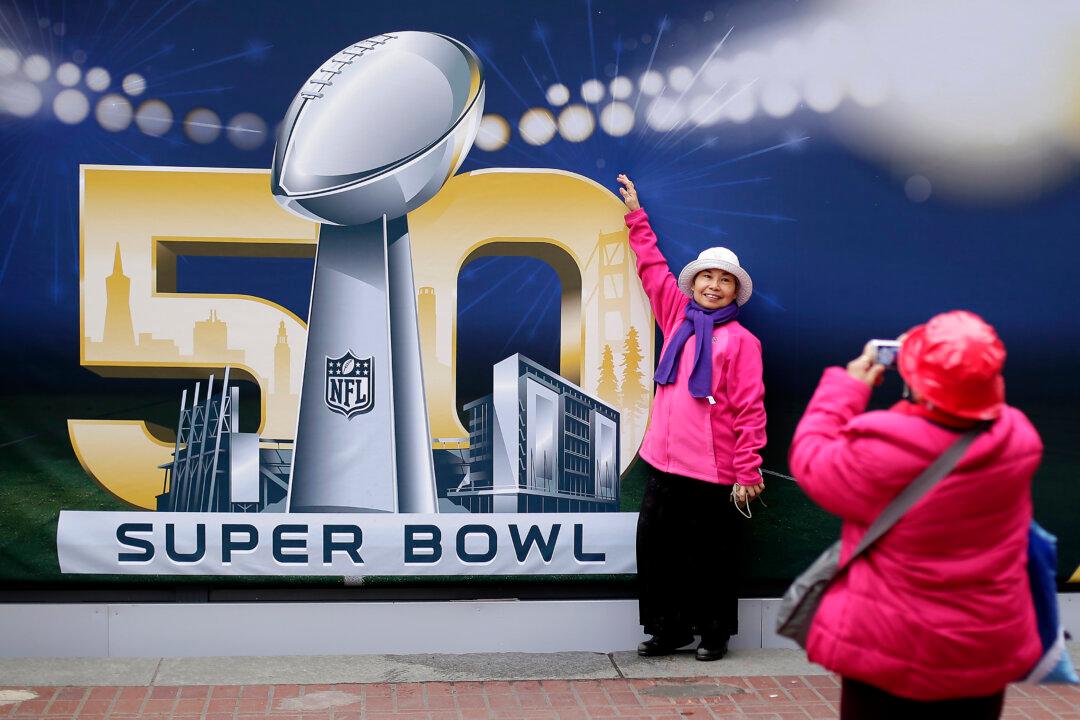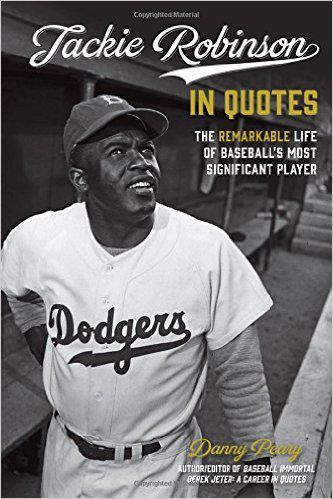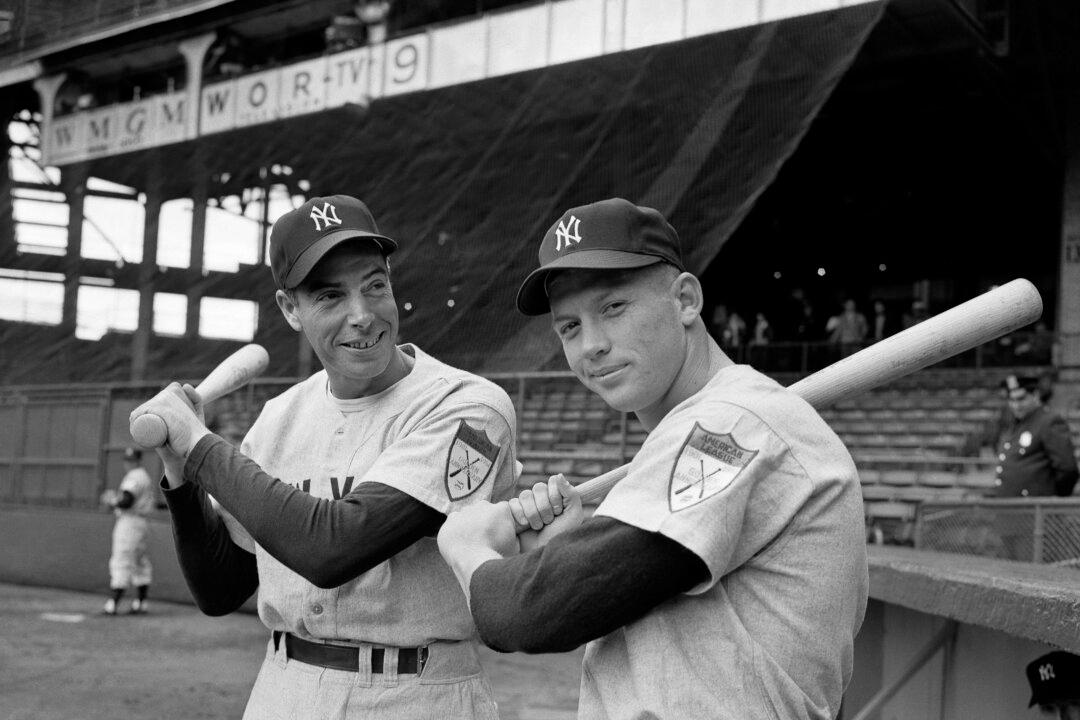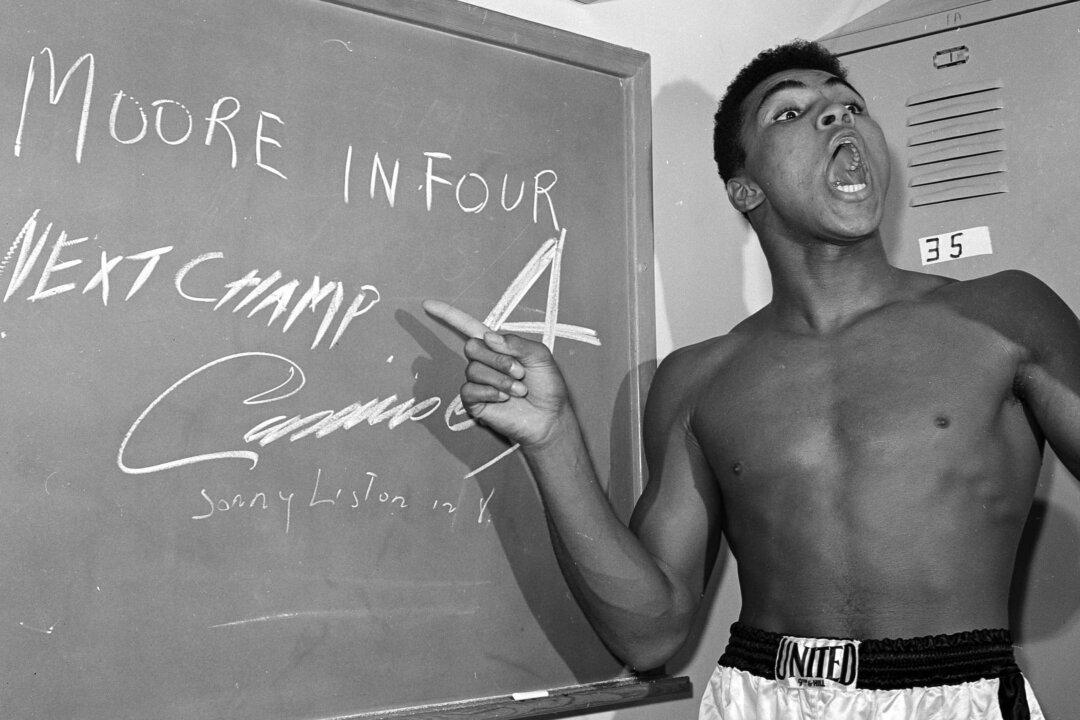The Super Bowl is America at its best and also America at its worst. American conspicuous consumption. American grossness. American fandom, American power. American marketing. American ingenuity. American skills and talent. All are on parade, all turned up, tuned in at the same time for the same event. All of that is the greatest power and the greatest weakness of the big game.
Played in the dead of winter in the United States across various time zones, the “Super Bowl” on “Super Sunday” has become a de facto American holiday, right up there with Christmas, New Year’s Eve, Thanksgiving and the Fourth of July. For many, better.
Of the top 10 most watched American television programs of all time, nine have been Super Bowls. The game has been broadcast live to more than 200 nations in more than 30 different languages. Many countries send TV crews to the venue where the Super Bowl is staged. Nations like Brazil, China, Denmark, France, Germany, Hungary, Japan, Mexico, Russia and the United Kingdom have opted in to do this for a more personal take on the big game.





